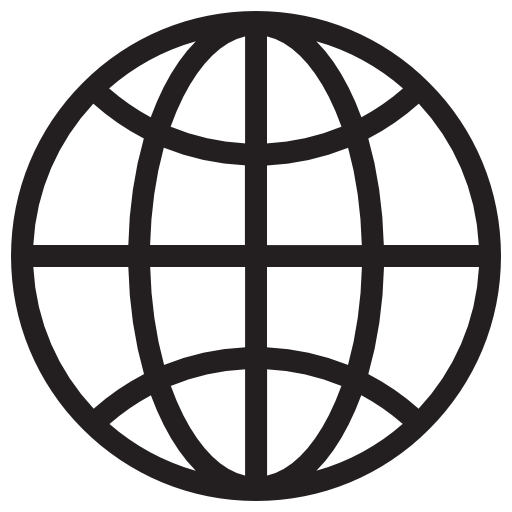Top 6 Webdesign Trends in 2022
Feltöltés dátuma:
Webdesign follows the trends in society as well as in technology. The time we spend online is constantly increasing. Thus today’s websites need to be engaging, accessible, and easy to navigate.
In 2022, WebOrigo’s design team is expecting an atmosphere of freedom in the field of webdesign. “Our task as webdesigners in 2022 is to be playful and question conventional boundaries. Infusing a human touch in the artificial reality of websites will make them stand out.” If you need some inspiration for your 2022 web development projects, keep on reading.
1. Inclusive Design
Inclusive design means a graphic language of a brand that accommodates all genders, cultures, and viewpoints. Gender-neutral images and illustrations are starting to appear. Avatars and characters from the gaming world will show up on websites. The inclusive design optimizes web-based products for the full spectrum of human needs. Instead of creating a single, one-size-fits-all solution, it's conscious of diversity.
2. Storytelling
Storytelling or “narrative visualization” means a sequence of visual elements. They appear in chronological order and convey a specific message to website visitors. The following are also characteristics of storytelling:
- images and texts appearing via various animations
- large close-ups
- large-scale typography
- dim-lit images,
- soft and smooth transitions
Such elements allow the website visitor to navigate in his or her own way. A rather personalized experience unfolds through this webdesign approach.
3. Typography - Bigger and Bolder
When a website doesn’t have any images or graphics, typography becomes the visual focal point of the site. In those cases, the font choice is significant. It defines the tone for what visitors can expect from the website. It can be true that big and bold types make a longer-lasting impression.
4. Abstract illustrations
Illustrations come in handy when it's about challenging the predominant digital landscape. The conventional component of the latter is photography. Whereas exciting, organic textures add a handmade look and feel to the webdesign. Hand-drawn scribbles bring familiarity to the website. They offer webdesigners the opportunity to mix and match different mediums. Interesting and surprising results are expected to be born through this method.
5. Defined Lines
Bold black lines are back into the game. Webdesigners are using them to delineate paragraphs, sections, and product galleries. This creates a more visual weight and taste. The dynamic grids that linework provides make the look and feel of the webpage unique. The website also gets a kind of physical feel through these lines. They make it almost like a newspaper or magazine.
6. Horizontal Scrolling
Horizontal scrolling is all about surprising the user. The way to do that is by going against conventional and intuitive vertical navigation. Sideways navigation provides a fun and impressive interaction between texts and images. Thereby it creates a more memorable impression. There are special themes that make horizontal scrolling especially relevant and engaging. Examples:
- browsing in online galleries or in other catalogs,
- exploring a map,
- understanding projects.
In our article, we gave a taste of the dominant web design trends expected in 2022. All six of the styles presented can be an excellent foundation for a modern website or software. Essential is to place emphasis on the user experience (UX) when creating the website.
Sign up for our newsletter!
Sign up for our newsletter to be the first to know about our latest projects and technological innovations.
Predicting Trends and Demand: The Power of AI in Inventory Forecasting
Inventory management is a critical aspect of any business, influencing costs, customer satisfaction, and overall profitability. Traditionally, inventory forecasting relied on manual methods and historical data analysis, often resulting in inaccuracies and inefficiencies. However, with the advent of Artificial Intelligence (AI) and machine learning, businesses now have powerful tools at their disposal to predict trends and demand with unprecedented accuracy. In this article, we'll explore the transformative power of AI in inventory forecasting and how businesses can leverage these technologies to optimize their supply chain operations.
Navigating Regulatory Compliance and Legal Considerations with Utility NFTs
As utility Non-Fungible Tokens (NFTs) gain traction across various industries, it's crucial for developers, businesses, and users to navigate the legal landscape and ensure compliance with regulatory requirements. While utility NFTs offer innovative solutions for ownership, access control, and digital asset management, they also pose legal challenges related to intellectual property rights, securities regulations, data privacy, and consumer protection. In this article, we'll explore the key legal considerations and regulatory compliance issues associated with utility NFTs and provide guidance on how to navigate them effectively.

















